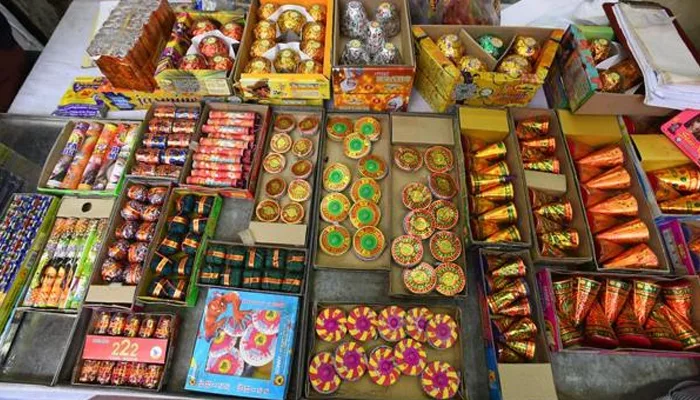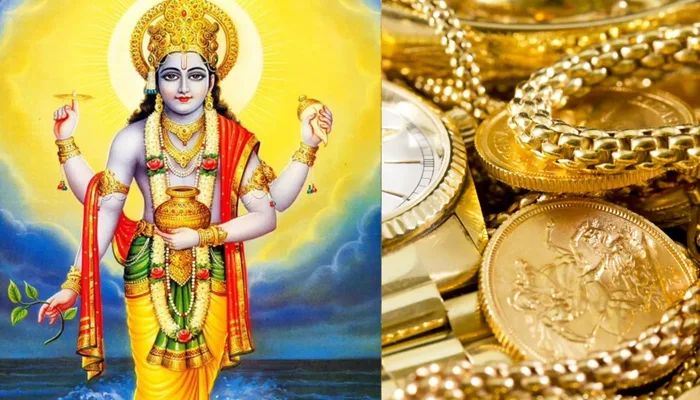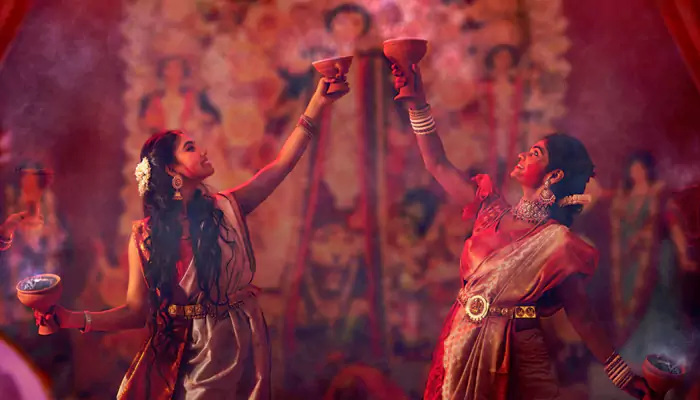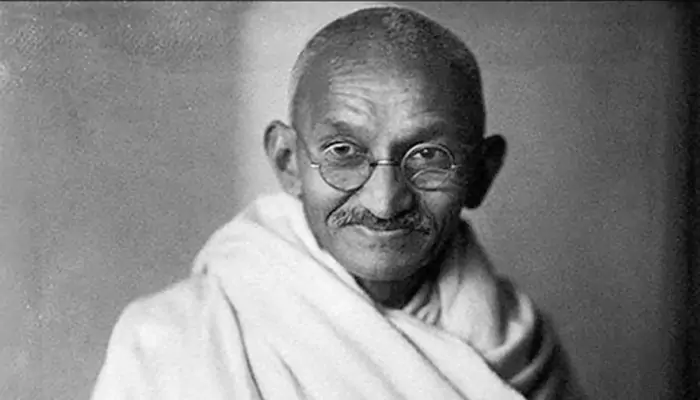Rath Yatra 2024: The Intricate Craftsmanship Behind Lord Jagannath and His Majestic Chariots
- Admin
- 1 year ago
- 3 minutes read

The Rath Yatra festival holds immense importance in Hindu culture as it commemorates the journey of Lord Jagannath, his siblings Balram and Subhadra, from Jagannath Temple in Puri, India. At the heart of this festival are the mammoth chariots intricately created to carry the idols through the bustling streets amidst a crowd of devotees. Each year, artisans build the idols of Lord Jagannath, Balram, and Subhadra, while craftsmen painstakingly construct the majestic chariots.
The Sacred Artistry of Puri's Rath Yatra Idols
The intricate process of creating these idols with utmost precision begins with the careful selection of neem wood, known for its sacred significance. The idols of Lord Jagannath, Balram, and Subhadra, manifestations of Lord Vishnu and his siblings, are then carved from carefully chosen neem logs. Expert artisans choose these seasoned neem logs based on specific characteristics like texture and density.
Popularly known as murtikars, these highly skilled craftsmen meticulously carve and shape the wood to bring forth the divine forms, putting great attention to detailing of the facial expressions, jewelry, and garments.
The idols undergo the sacred Navakalevara ritual, occurring every 12 to 19 years when they are carved. This ceremony is known to imbue the idola with that divine essence which makes them transcend mortality and attain a spiritual state.
Craftsmanship of Rath Yatra Chariots: Sacred Wood and Traditional Techniques
The construction of the grand chariots for Rath Yatra is a grand process. These vehicles are constructed entirely from seasoned logs of wood, primarily sourced from specific trees like phassi (cashew) and dhausa (suar), chosen for their sacred qualities. Expert artisans, known as maharanas, carefully inspect each log to ensure it meets the stringent requirements for strength and durability.
Using traditional tools and techniques passed down through generations, these skilled craftsmen intricately carve and shape the wood into flawless components such as wheels, axles, beams, and ornate carvings. The assembly is done with traditional joinery methods, avoiding modern fasteners like nails or screws. Each component is interlocked with precision to ensure stability, capable of withstanding the weight and movements of the Rath Yatra procession.
The Majestic Chariots of Puri's Deities
Balabhadra's chariot, known as Taladhwaja, stands tall at approximately 44 feet. Intricate carvings and vibrant colors are displayed on the body of the chariot.
Subhadra's chariot, named Devadalana, reaches about 43 feet in height and boasts 14 wheels. Similarly adorned with intricate and ornamental carvings and bright hues, it too represents the spiritual pilgrimage of the revered deities.
Devotees pray, fast, and perform a series of ceremonies to invoke the divine and spiritual essence within these idols. Central to this process is the consecration, commonly known as Pranapratishtha, where priests perform sacred rituals to imbibe divine life force in the wooden forms. This ritual is all about a union of spiritual devotion and craftsmanship.









.webp)


